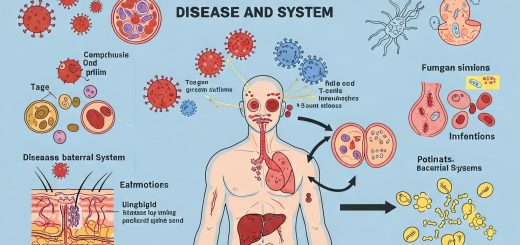Gene-editing Tools: Hope For Heart Disease

Gene-editing tools in Heart Disease Patients
What are gene editing tools?
Genome editing is a type of genetic engineering in which DNA is inserted, deleted, modified or replaced in the genome of a living organism. Common methods for such editing is by using nucleases, or “molecular scissors”. This method is recently tried in heart disease patients for treatment.
What is a gene?
A gene is the basic physical and functional unit of heredity. Genes, which are made up of DNA, act as instructions to make molecules called proteins.The transmission of genes to an organism’s offspring is the basis of the inheritance of characteristic of an organism. The genes responsible for heart disease can be identified and modified to prevent the disease.
What is the new hope in gene editing for heart disease?
Researchers have used gene-editing tools in adult monkeys to disable a gene throughout much of the liver. The approach lowered blood cholesterol levels.This suggest a treatment for heart disease.
High cholesterol level in your blood, it deposits in the walls of coronary arteries.This process is called atherosclerosis. This is a major cause of heart attack . The arteries become narrowed and blood flow to the heart muscle is decreases or sometimes blocked causing heart attack.
The study opens the way for treating certain genetic diseases caused by a defective, gene and defective protein.
What is CRISPER?
CRISPR is a family of DNA sequences in bacteria and archaea. The sequences contain snippets of DNA from viruses that have attacked the prokaryote. These snippets are used by the prokaryote to detect and destroy DNA from similar viruses during subsequent attacks. These sequences play a key role in a prokaryotic defense system. This form the basis of a technology known as CRISPR/Cas9 that effectively and specifically changes genes within organisms. This offers a new hope for heart disease patients.
CRISPR is an abbreviation of Clustered Regularly Interspaced Short Palindromic Repeats.
How meganuclease treatment helped the results in Heart disease?
- Wilson’s lab is using seemingly harmless viruses known as adeno-associated viruses (AAV) that are widely used in gene therapy to deliver gene editing tools to cells. Here they snip the genome in a specific spot that the cell fails to repair correctly, disabling the gene there in heart disease patients.
- When his team used an injection of AAV to deliver a type of CRISPR designed to cut the PCSK9 gene, the approach succeeded in mice but not in rhesus macaques.
Use of different gene editing tool
- Researchers then used AAV to deliver a different gene-editing tool called a meganuclease supplied by the company Precision BioSciences in Durham, North Carolina.
- “It worked incredibly well,” Wilson says: After 4 months, up to 64% of liver cells carried the knocked-out PCSK9 gene in the six treated macaques. At the highest dose, the animal’s blood levels of PCSK9 protein fell by 84% and LDL cholesterol declined 60%, the team reports today in Nature Biotechnology.
- For unclear reasons, the edited cells stopped making the meganuclease. That’s a good thing because lingering enzyme could cause unwanted edits.












